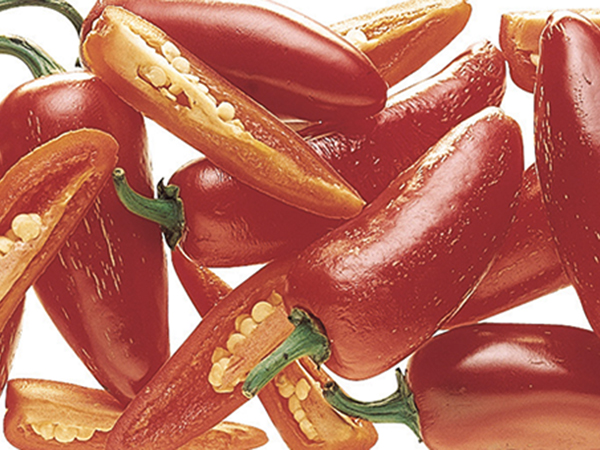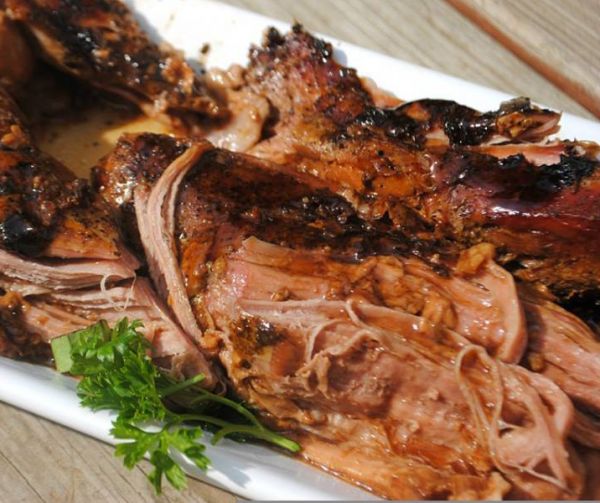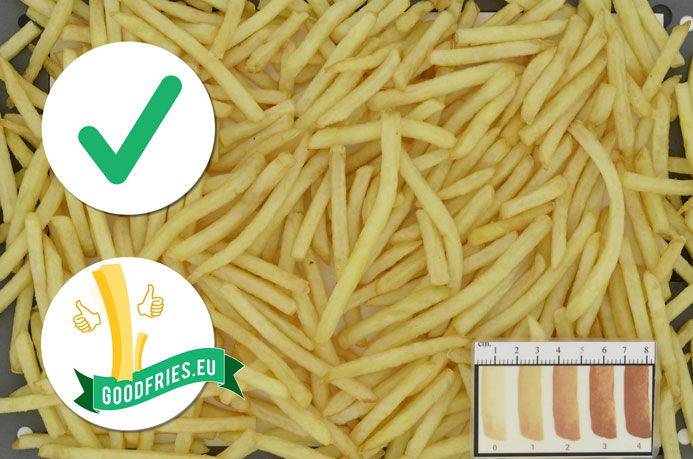Get to know our chili

There are different types of chili. We list here just few of the hundreds of varieties that grow in Mexico. These are the types of chili that you can purchase directly on our website.
Jalapeño Chili
The Jalapeño chili is mainly grown in Mexico and Southern United States. It is cone-shapedand its length can be from 3 to 7-8 cm long. Its flesh is thick, firm and shiny. After ripening its colour can vary from dark green to bright red. It is moderately spicy and it is best to consume it“en escabeche” (in brine), or sun-dried and then smoked with particular woods. It is a basic ingredient for the preparation of several typical dishes of Mexican cuisine.
Serrano Chili
The Serrano chili is a type of chili that is native to the mountains of the region of Mexico with the same name, precisely from Puebla and Hidalgo. The chili’s name refers to Sierra mountains. Its taste is fresh and scratchy, it is the spiciest among Jalapeño chilies. It is typically consumed raw and it is commonly used in the production of pico de gallo, a tomato-based sauce, typical of Mexican cuisine. It is one of the most used peppers in Mexico.
Poblano/Ancho Chili
The Poblano chili is a medium spicy pepper, it is native to Puebla. It is called Chili Ancho when it is dehydrated. It is widelyused in Mexican cuisine, because it is bigger than the usual chilies and It is the ideal type to use forthechile rellenos (stuffed peppers). It is the main ingredient for chiles en nogada. The red aged variety of Poblano is considerably spicier and tastier than the less mature green Poblanos, which tend to have a more delicate taste.
Chipotle Chili
The Chipotle chili, whose name comes from the Nahuatl chilpoktli (smoked pepper), is a smoked Jalapeño. It is a kind of pepper that is mainly used in Mexican and Tex-Mex cuisine. The Chipotles are often a key ingredient, because of the relatively mild but earthy spiciness they give to the dishes. These peppers are often used to make various sauces. Chipotles can be milled and mixed to make a marinade meat, called adobo. Chipotles generally go well with a dish of beans or lentils.
Pasilla/Negro Chili
The Pasilla chili or chile negro is the dehydrated form of a variety of Jalapeño chili, and it is called negro because of its colour and its winkled skin. In its fresh form, it is called Chilaca. It is a chili of mild and medium spiciness, full of taste. Its colour goes from dark green to dark brown in its full maturation. Thanks to its delicate taste, it is often combined with fruit, and it is great when it is served with goose, fish, lamb, mushrooms, garlic, fennel, honey, or oregano. Chili Pasilla de Oaxaca is a smoked variety, particularly used in mole negro.
Guajillo Chili
The Guajillo chili (Chile Guajillo in Spanish) is a variety of pepper of Capsicum Annuum species, produced by drying the Chili Mirasol. Chili Guajillo is thin, of dark red meat colour. It tastes like green tea with a hint of berries. Chilies Guajillos can be used in sweets, butter o pastes to flavour all kinds of meat, mostly chicken. In alternative, they can be added in sauces in order to create a sweet dish with a surprisingly spicy finish.
Habanero Chili
Habanero chili is one of the spiciest types of Capsicum pepper. It is green when it is unripe, it turns red as it matures. The most common colours are red and orange, but it is also possible to find it in white, brown and pink. A mature Habanero is typically 2-6 centimetres long. The spiciness of Habanero, its fruity taste, and its scent of citrus and flowers, made it a popular key ingredient of Mexican and Tex-Mex cuisine. It is used to make hot sauces and spicy foods. It is sometimes added to bottles of Tequila and Mescal, particularly in Mexico, from a period of time that goes from a few days to several weeks, for the realisation of a spiced version of the drink.






